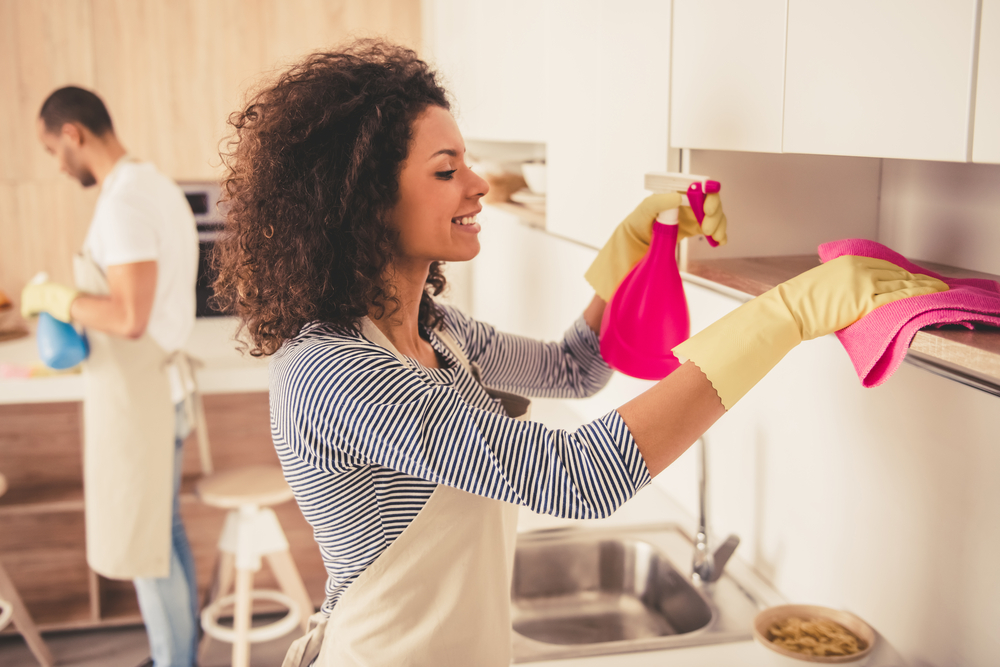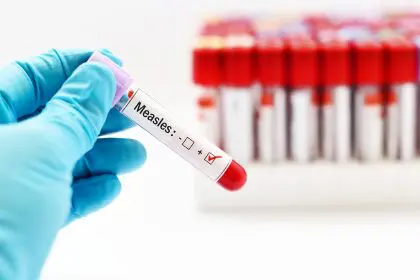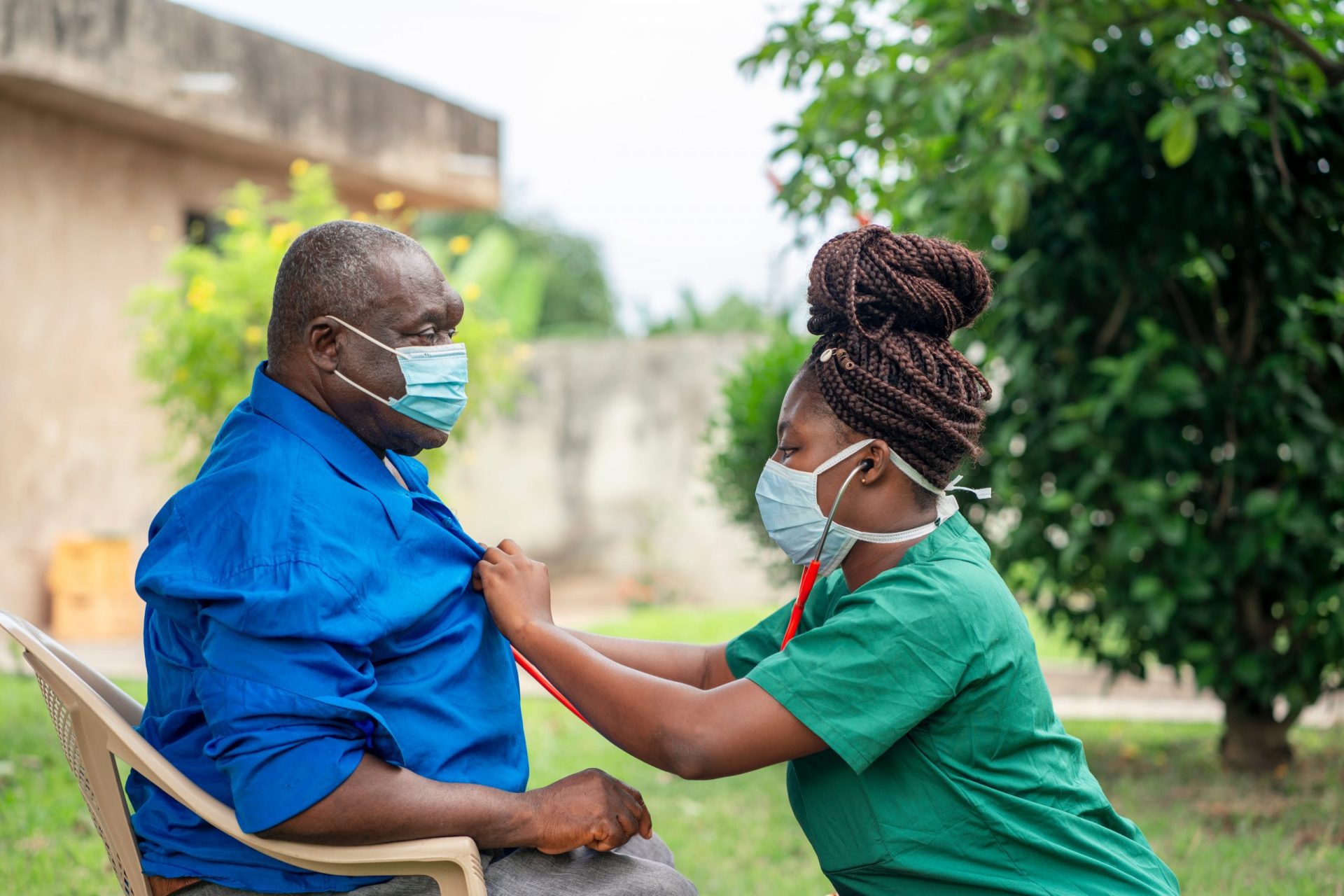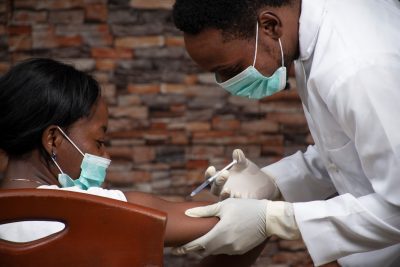When the flu finally releases its grip on your household, you might think the worst is over. However, dangerous viruses could still be lurking in unexpected places throughout your home. Recent studies reveal that influenza viruses can survive on surfaces for up to 48 hours, silently waiting for their next host. Understanding this invisible enemy is the first step in protecting your family from reinfection.
The shocking truth about your kitchen
While most people focus on bathrooms, your kitchen might be harboring the most dangerous concentration of flu viruses. The constant handling of items creates a perfect storm for germ survival. Research shows that frequently touched kitchen surfaces can host more bacteria than your toilet seat. From refrigerator handles to microwave buttons, these high-touch areas require special attention during post-flu cleaning.
The most critical kitchen areas demanding immediate attention include countertops, sink faucets, cabinet handles, and appliance controls. Experts recommend using hot, soapy water for initial cleaning, followed by an EPA-registered disinfectant proven effective against influenza viruses.
Beyond the obvious spots
Common cleaning routines often miss critical areas where the flu virus thrives. While doorknobs and light switches are obvious targets, unexpected danger zones include remote controls, game controllers, and exercise equipment. Your smartphone, potentially carrying 68% more harmful microorganisms than a toilet seat, requires special cleaning protocols to prevent it from becoming a portable germ dispenser.
The laundry misconception
Many believe separating sick people’s laundry is necessary, but science suggests otherwise. The CDC confirms that mixing laundry is safe when using hot water and proper drying techniques. However, the real danger lies in how you handle the dirty laundry before it reaches the washing machine. Using lined hampers and wearing gloves when handling contaminated items can significantly reduce viral spread.
Electronics: The overlooked danger zone
Your devices require special attention during post-flu cleaning. Standard disinfectants can damage sensitive electronics, requiring specific cleaning methods that protect both your devices and your health. Experts recommend using specialized electronic cleaning wipes or slightly dampened microfiber cloths for screens and keyboards. Power down devices before cleaning and never spray liquids directly onto electronics.
The bathroom protocol
Bathroom disinfection goes beyond basic toilet cleaning. Studies show that toothbrush holders often harbor more germs than toilet seats. Replace toothbrushes used during illness and thoroughly disinfect holders, faucet handles, and doorknobs. Don’t forget often-overlooked areas like shower curtains, bath toys, and personal care item containers.
Children’s spaces and belongings
Children’s rooms present unique challenges in post-flu disinfection. Stuffed animals and toys require special attention, as they can become viral reservoirs through constant handling. Machine-washable items should be cleaned using hot water and dried thoroughly. For non-washable items, consider quarantining them for several days or using appropriate disinfectant sprays designed for soft surfaces.
Air quality matters
While surface cleaning is crucial, air quality plays a vital role in preventing flu recurrence. Proper ventilation helps remove airborne viral particles. Open windows when weather permits, run air purifiers with HEPA filters, and consider changing your HVAC filters after a flu outbreak in your home.
Choosing the right products
Not all cleaning products effectively combat influenza viruses. Look for EPA-registered disinfectants specifically labeled for use against flu viruses. While natural cleaning solutions may be appealing, many lack the power to kill influenza viruses effectively. Always follow product instructions regarding contact time – many disinfectants require several minutes of wet contact to work properly.
Strategic cleaning approach
Create a systematic cleaning plan to ensure no area is missed. Start with less contaminated areas and move toward more heavily contaminated spaces to prevent cross-contamination. Wear disposable gloves and change them between cleaning different areas. Consider using disposable cleaning materials when possible to minimize the spread of germs.
Prevention for the future
Implement preventive measures to protect against future outbreaks. Establish regular cleaning routines focusing on high-touch surfaces. Consider installing touchless soap dispensers and paper towel holders in bathrooms and kitchens. Encourage family members to maintain good hand hygiene practices even after recovery.
Professional cleaning consideration
For thorough disinfection, particularly in large homes or after severe illness, consider hiring professional cleaning services specializing in post-illness sanitization. These services have access to commercial-grade products and equipment that can provide more thorough disinfection than typical household cleaning methods.
By following these comprehensive guidelines, you can create a safer, healthier environment for your family post-flu. Remember that thorough disinfection requires time and attention to detail, but the investment in proper cleaning protects your household from reinfection and promotes faster recovery for everyone.













